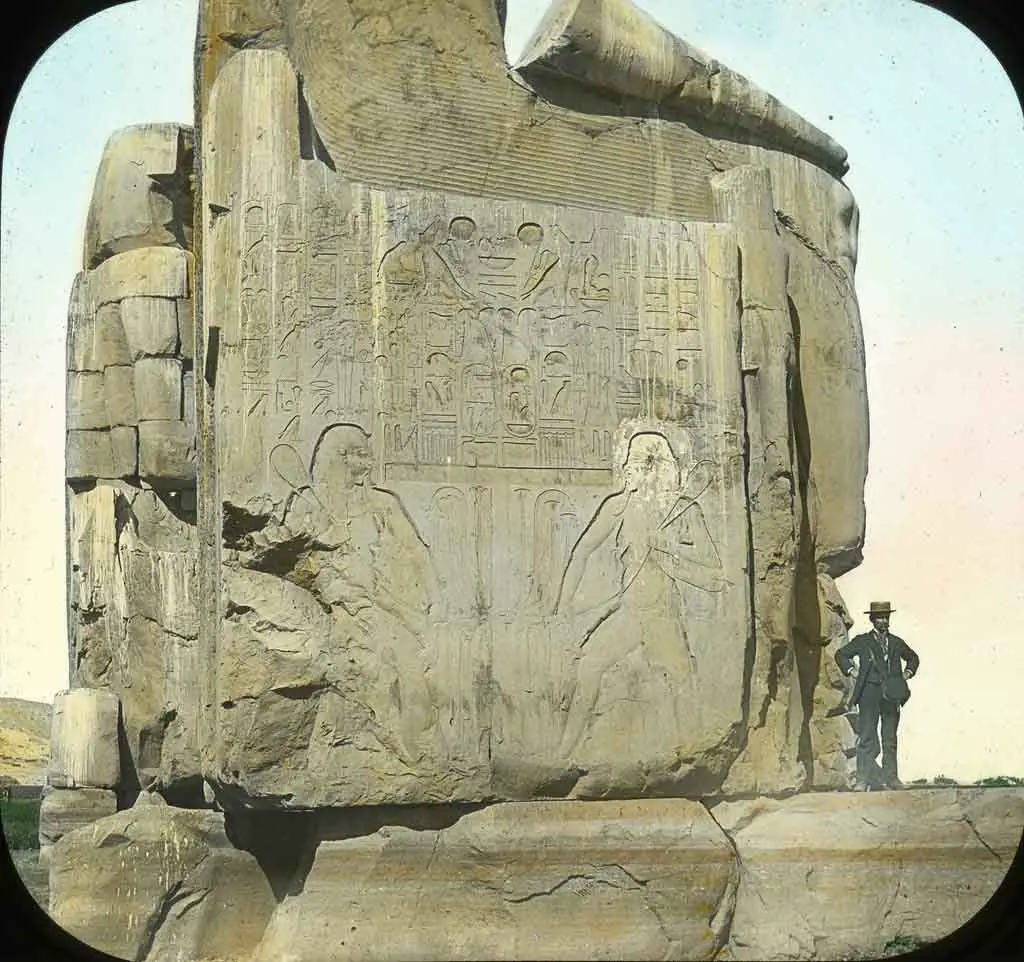YouTube Video Here: https://www.youtube.com/embed/LHyg4pcaPN8?feature=oembed&enablejsapi=1
All around the world we find massive stones—weighing more than 1,000 tons—that have been transported, somehow, by ancient civilizations in the past.
Without the use of modern technologies, our ancestors achieved the unimaginable, moving massive stones that weigh more than one thousand tons.
So, how did they do it? Was it pure manpower?
Or is it possible, as some authors suggest, that our ancestors used lost technologies to achieve these incredible feats?
If we take a look at a number of ancient sites, we will see that our ancestors managed to build incredible temples using stones that range in weight from a few tons, to a few hundred tons and more.
Common sense seems to dictate that these stones were simply too heavy to move for people who did not possess technologies such as the wheel, the pulley, and who did not have the necessary facilities to transport these stones across large distances, so thinking about slave labor and transportation doesn’t really seem to explain all of these achievements.
The Ramesseum

In Egypt, we find a number of incredible ancient sites.
The Ramesseum is arguably one of the most fascinating. Today, only fragments of the base on torso remain of the majestic statue. Experts have calculated that the Ramesseum had an approximate weight of 1,000 tons. More incredibly, the massive boulder is thought to have been transported more than 200 kilometers away, from Aswan to its resting place in Thebes. It is considered one of the largest stones ever transported by man.
How the ancient Egyptians did it remains a profound mystery.
The Colossi of Memnon

In Egypt, we find another incredible achievement. The Colossi of Memnon are two supermassive statues that were allegedly carved from a single piece of stone each. The statues have been oriented towards the winter solstice. According to R.T. Gould, in his work “A Book of Marvels,” he estimated that the statues had a total weight of 1,200 tons.
Incredible, the statues were somehow transported more than 600 kilometers away, over land, without using the Nile River to Thebes.
The Foundation stones at Baalbek

Another incredible ancient site—one of my personal favoirtes—is located in Lebanon.
At the ancient site of Baalbek, at the Temple of Jupiter, we find the so-called Trilithon, a group of three stones measuring around 19 meters long, 4 metes high, and nearly 4 meters wide. The stones are believed to have been hewn from crystalline limestones. Before the transportation, to their resting place, the stones are believed to have ranged in weight from 1,000 to 1,200 tons. They were somehow transported one kilometer. The stones were later redressed to smaller dimensions so they could accurately fit the wall of the temple.
It remains a profound mystery as to how these stones were transported in ancient times.
The Western Stone
The Western Stone, a massive block forming the lower level of the Western Wall in Jerusalem is another supermassive boulder placed in ancient times. It is considered one of the largest building blocks on the surface of the planet, with an estimated weight of 570 tons.
The Great Stele, King Ezana’s Stele, and the Obelisk of Axum

In Ethiopia, we find more evidence of megalithic madness.
The Great Stele, King Ezana’s Stele, and the Obelisk of Axum respectively weigh 520 tons, 170 tons, and 160 tons. The stelae were moved from their original quarry some 4 kilometers away. It remains a profound enigma how this was achieved.